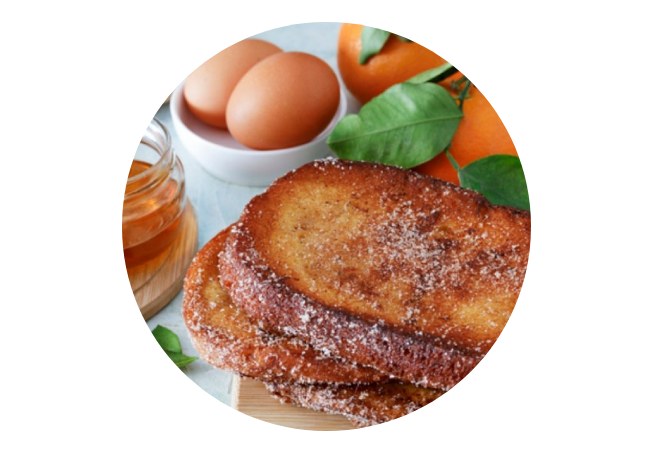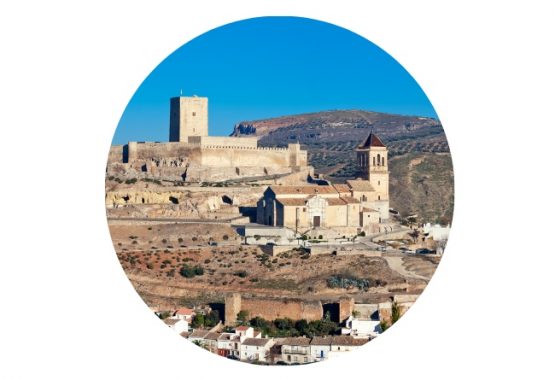Sometimes the best things in life are the simplest. A close cousin to the English bread or the French pain-perdu, torrijas is a traditional Spanish dessert in the Holy Week or ‘Semana Santa’ which is as simple as it is delicious.

What are Torrijas?
Torrijas are a close cousin to the popular bread-based pudding which is served in many countries across Europe. Typically they are made from slices of bread soaked in milk or wine, dipped in egg and then fried in olive oil and at times covered with things cinnamon, honey, sugar or some types of liqueurs
A big difference with bread-based puddings from other European countries is that here in Andalucia the torrijas are usually fried in olive oil, not in butter. This is no surprise given Spain is the number one producer of olive oil worldwide, home to more than 300 million olive trees.
History and origins of the Torrija?
The origins of this dish are wildly uncertain. Some recipes found date all the way back to around the 5th century and others more similar to what we make today. Similar to French toast, the recipe has been adapted in Spain and now contains cinnamon and sugar, but culturally speaking it’s significance dates back hundreds of years. The popularity of this sweet treat can be traced back to two pillars of Spanish culture: women and the Catholic church.
Throughout the 20th century, the national desert started to lose its religious background and instead torrijas are now simply ordered by the locals in need of a sweet treat.
How to eat a Torrija?
Enjoying Spanish torrijas is a pretty simple affair.
- If you want to be traditional, have them only during the Holy Week.
- Make enough so no one feels left out and there are plenty to go around.
- Pair them with a sweet wine and you’ve got yourself a gourmet dessert!






